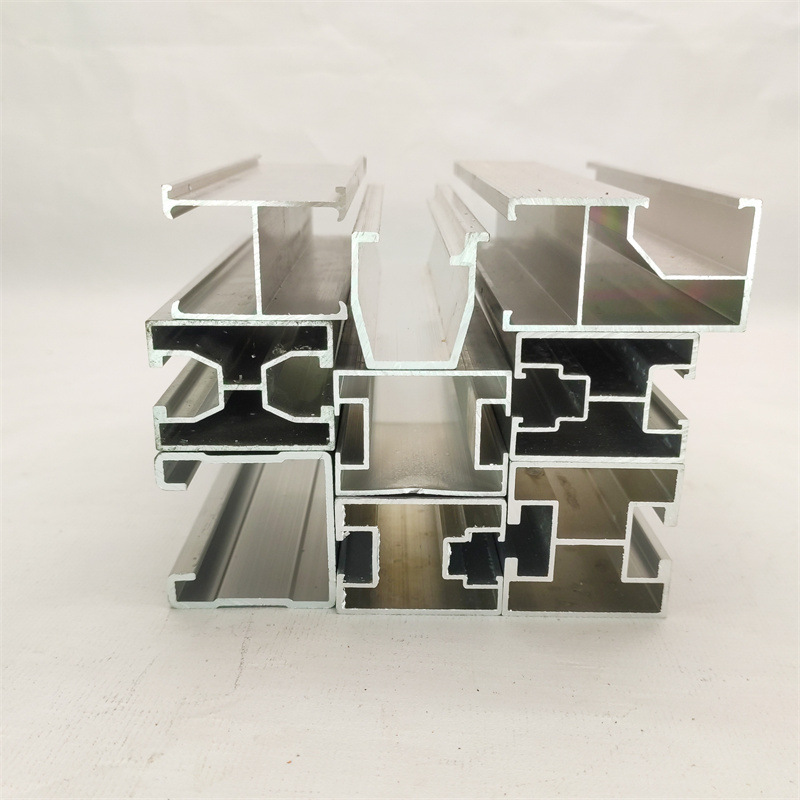

Understanding the Benefits of Double Threaded Stud Bolts in Various Applications
Nov . 24, 2024 00:30 Back to list
Understanding the Benefits of Double Threaded Stud Bolts in Various Applications
Understanding Double Threaded Stud Bolts A Comprehensive Overview
Double threaded stud bolts are a versatile and essential component in various engineering and construction applications. Their unique design, characterized by threads running along both ends of the bolt, allows for enhanced functionality in fastening systems where mechanical stability and strength are crucial.
Structure and Design
Double threaded stud bolts consist of a cylindrical rod with threads on both ends. The central portion is typically smooth, enabling easy installation into a drilled hole or a tapped surface. The presence of threads on both ends allows for nut attachments from either side, which increases the adaptability of the bolt in different applications. This design reduces the amount of material needed compared to using two separate bolts, hence optimizing material usage in assembly processes.
Application Areas
These stud bolts find applications in numerous sectors, including construction, automotive, aerospace, and machinery. In the construction industry, they are often used to secure structural components, ensuring stability and safety in various structures such as bridges and buildings. In automotive applications, double threaded stud bolts can be found in suspension systems and engine components where high strength and reliability are a must.
In the aerospace sector, the requirement for lightweight yet durable fasteners makes double threaded stud bolts an ideal choice for aircraft assembly. They can also be utilized in machinery where screws must resist shear and tensile forces, providing a robust fastening solution.
Advantages
One of the primary advantages of double threaded stud bolts is their ability to facilitate quick assembly and disassembly
. Since they can be inserted and removed from both ends, they reduce the time required for installation. This aspect is particularly beneficial in environments where maintenance and adjustment are frequent.double threaded stud bolts

Additionally, their dual-thread design offers enhanced load distribution across the mating surfaces, which can help in preventing wear and tear in certain applications. The ability to use nuts on both sides also allows for more secure fastening, minimizing the risk of loosening under vibration—an essential factor in dynamic environments such as automotive and aerospace applications.
Materials and Finishes
Double threaded stud bolts are typically made from high-strength materials like stainless steel, carbon steel, or alloy steel, depending on the application requirements. Stainless steel offers excellent corrosion resistance, making it suitable for outdoor applications or environments exposed to moisture. On the other hand, alloy steel may provide enhanced strength properties, ideal for heavy-duty applications.
To further improve performance, various finishes such as zinc plating or black oxide may be applied. These finishes not only enhance corrosion resistance but can also improve the aesthetic appearance of the nuts and bolts.
Installation and Best Practices
When installing double threaded stud bolts, several best practices should be adhered to ensure their effectiveness. Firstly, it's vital to use the correct size and grade for the intended application to ensure optimal strength and durability. Proper torque specifications should also be followed to prevent over-tightening or under-tightening, which could lead to bolt failure.
Regular inspections and maintenance are critical to ensure the longevity of double threaded stud bolts, particularly in high-stress environments. Any signs of wear or corrosion should be addressed immediately to maintain structural integrity.
Conclusion
Double threaded stud bolts are a reliable solution for various fastening needs across multiple industries. Their unique design, coupled with advantages such as ease of installation and enhanced load distribution, makes them a preferred choice for engineers and manufacturers. Understanding their applications, advantages, and best practices can aid in achieving the optimal performance of projects that rely on these critical components.
Latest news
-
Hot Dip Galvanized Bolts-About LongZe|High Strength, Corrosion Resistance
NewsJul.30,2025
-
High-Strength Hot Dip Galvanized Bolts - Hebei Longze | Corrosion Resistance, Customization
NewsJul.30,2025
-
Hot Dip Galvanized Bolts-Hebei Longze|Corrosion Resistance&High Strength
NewsJul.30,2025
-
High-Strength Hot-Dip Galvanized Bolts-Hebei Longze|Corrosion Resistance&High Strength
NewsJul.30,2025
-
Hot Dip Galvanized Bolts-Hebei Longze|Corrosion Resistance&High Strength
NewsJul.30,2025
-
Hot Dip Galvanized Bolts - Hebei Longze | Corrosion Resistance, High Strength
NewsJul.30,2025

